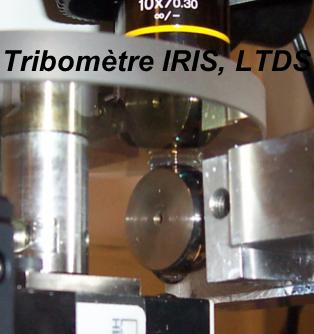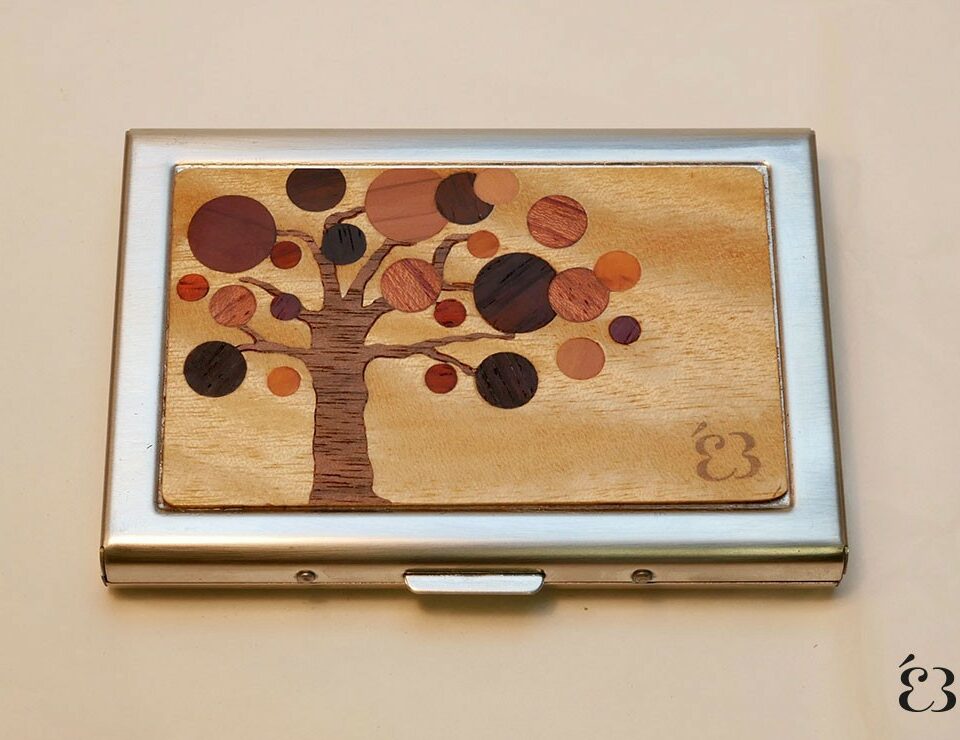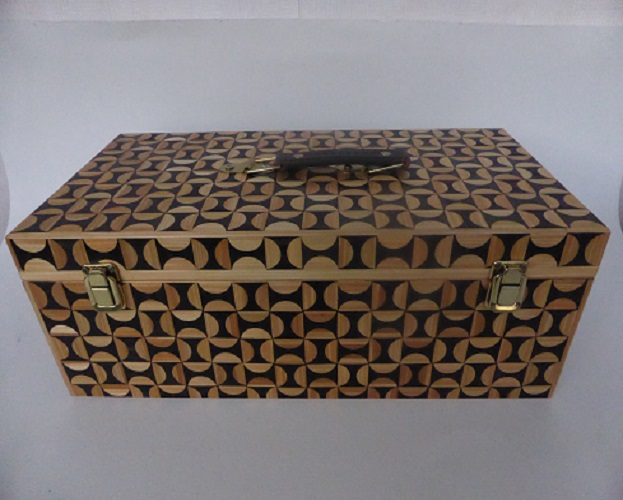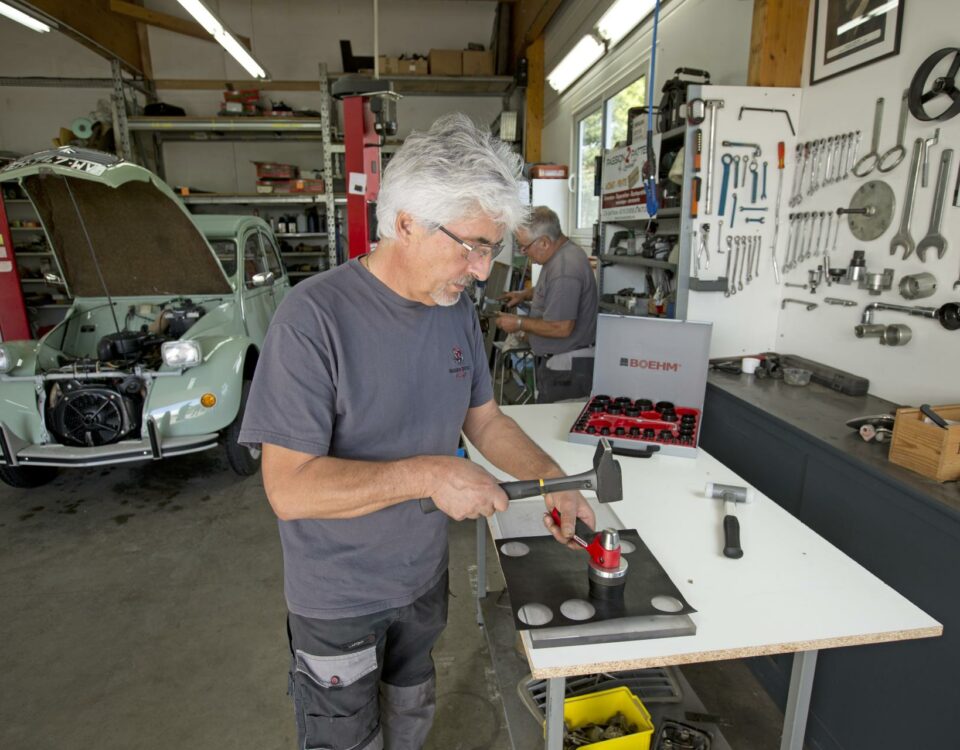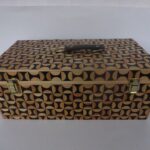
Straw marquetry punch set.
5 July 2023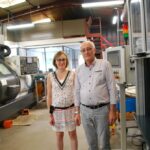
BOEHM invests to grow in export.
23 August 2023A more efficient laboratory testing!
We’re at the LTDS laboratory, a CNRS Joint Research Unit at the Ecole Centrale de Lyon in Ecully (69), specializing in Tribology (the study of friction and wear) and Systems Dynamics.
As part of their research, the teams rely in particular on the use of tribometers. This type of device is able to characterize dry contact between 2 surfaces or lubricated contacts (for the study of a combustion engine lubricant, for example). It measures the coefficient of friction and determines the characteristics of a lubricated contact (oil thickness, viscosity, etc.) and the behavior of the confined lubricant.
The tribometer can make contact between a ball and a glass disk. We can observe through this glass disk under the microscope the contact and the behavior of the lubricant inserted between the 2 surfaces.
The values to be measured are very small. For example, the thickness of an oil film can vary from a few nanometers (10,000 times smaller than a human hair) to a few micrometers. It is therefore essential to control surface roughness at these scales.
The glass disc is perfectly smooth, but it is necessary to polish the ball, usually made of steel, to facilitate visualization of the contact. The researchers use a polishing felt on which a diamond suspension is deposited. The polishing operation is carried out directly on the tribometer: a shearing force and a rotation speed are applied to the ball and the felt to obtain a homogeneous polish on the surface of the ball which will be in contact with the glass disc.
This polishing felt is for single use only. Renewed with each new polish, it is cut and glued to a steel disk. This operation, initially performed with a conventional cutter, was laborious and time-consuming, not to mention the risk of injury.
The laboratory now uses BOEHM hollow punches. Equipped with a handle, chuck and cutters to fit the disc, the researcher cuts the ready-to-use polishing felt cleanly, quickly and in a single operation. The pairing of 2 punches allows you to cut the outside diameter of the disc and at the same time the hole for the system’s axis of rotation.
More efficient laboratory testing!


